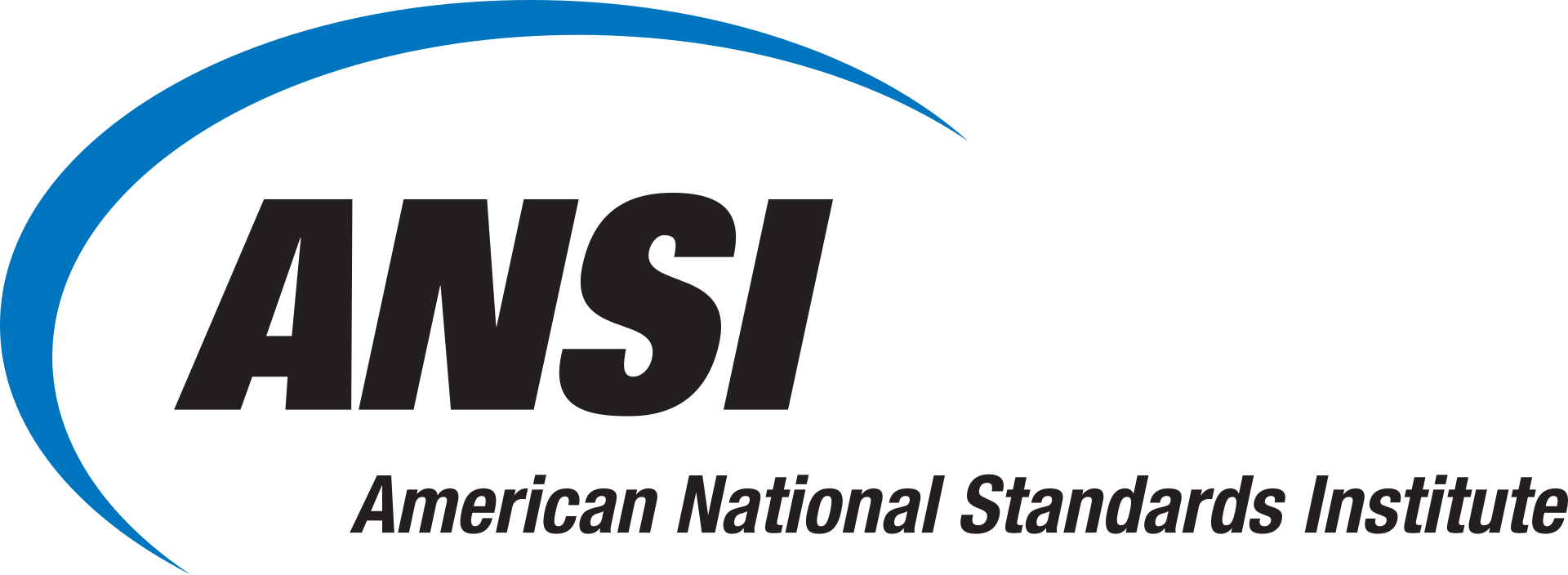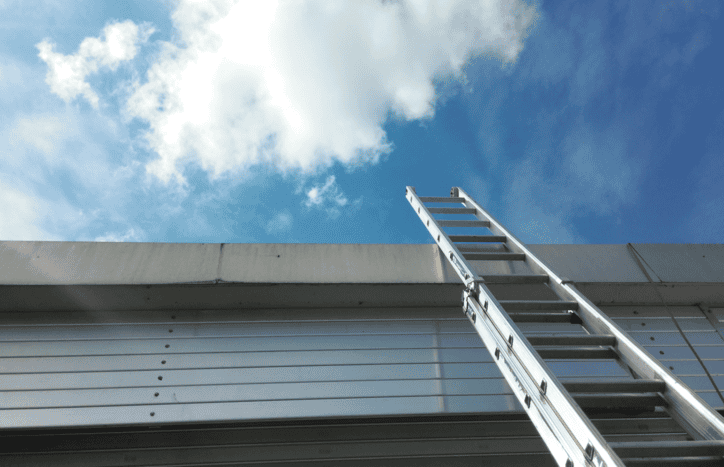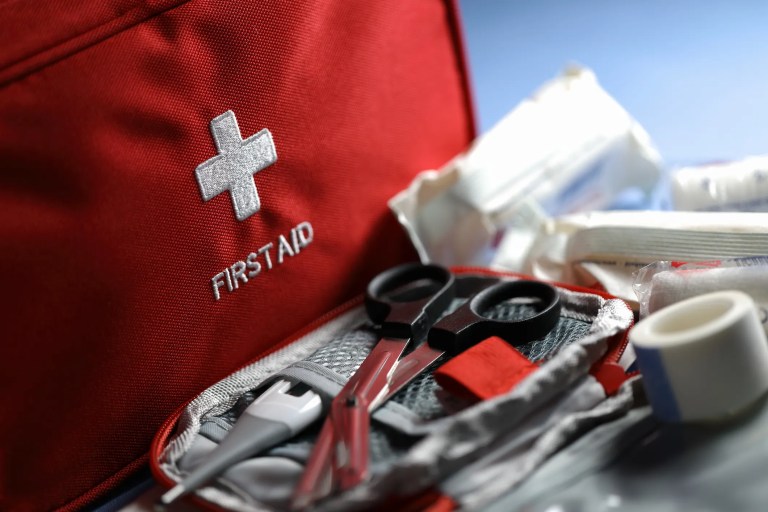ASA/ANSI S2.8-2007 (R2025): Resilient Mounting Applications

Ever wondered why your washing machine does not make your whole house vibrate—or how skyscrapers stay calm during earthquakes? The answer lies in resilient mounts. Whether it is in your car, your building’s HVAC system, or high-tech labs isolating microscopes from city traffic, resilient mounts are everywhere—silently working to stop vibration, shock, and noise in their tracks. ASA/ANSI S2.8-2007 (R2025): Technical Information Used for Resilient Mounting Applications (with erratum) outlines the technical information needed for applications where resilient mounting is used.
What Is Resilient Mounting?
Resilient mounting, also known as a sound isolation clip or acoustic mount, is a method that uses flexible, elastic materials (like rubber, springs, or composites) to support machinery and absorb vibration or shock. The key component of a resilient mount is the elastic material since it interrupts the sound transfer from the plasterboard to the steel stud, preventing noise from passing through to the other side.
Simply put, resilient mounts act like shock absorbers—allowing controlled motion while reducing the transmission of vibration and sound to the surrounding structure. They play a crucial role in reducing unwanted noise and vibration in various building environments, improving the function of machinery, and enhancing comfort for people nearby by reducing noise.
What Is ASA/ANSI S2.8-2007 (R2025)?
ASA/ANSI S2.8-2007 (R2025) establishes requirements to promote appropriate exchange of information regarding the application and selection of isolation for the reduction of vibrations generated by equipment and machines.
It is beyond the scope of this American National Standard to present characteristics of resilient mountings. Rather, the standard is intended to outline, in standardized form, what data should be presented to enable the experienced designer to apply resilient mountings correctly. Hence, the purpose of ASA/ANSI S2.8-2007 (R2025) is to specify what technical information is needed to assure that resilient mountings effectively reduce the impact of vibration.
Also, ASA/ANSI S2.8-2007 (R2025) defines terminology in a further effort to ease the problem of communication between user and manufacturer.
What Applications Use Resilient Mounts?
Resilient mounts are used in a variety of applications to isolate vibration and noise, including the following:
- HVAC systems and pumps
- Industrial machinery
- Vehicle engines
- Ships and submarines
- Recording studios and theaters
- Precision instruments (like electron microscopes)
Without vibration control, even simple equipment can cause serious problems: excess noise and discomfort as well as structural damage in buildings. Resilient mounts are thus paramount in mitigating sound travel between floors or walls; and in this way, they serve to create quieter and more comfortable living and working environments.
Where to Find ASA/ANSI S2.8-2007 (R2025)
If you are working in vibration control, machinery isolation, or acoustic mounting systems, then the ASA/ANSI S2.8-2007 (R2025) standard is one you should know.
ASA/ANSI S2.8-2007 (R2025): Technical Information Used for Resilient Mounting Applications (with erratum) is available on the ANSI Webstore.
ASA/ANSI S2.8-2007 (R2025) is developed by the Acoustical Society of America (ASA).
Please direct any technical questions relating to this American National Standard to the developer. You can find the contact information for all standard developing organizations (SDOs) here: Who to Contact for Standards Related Questions.






